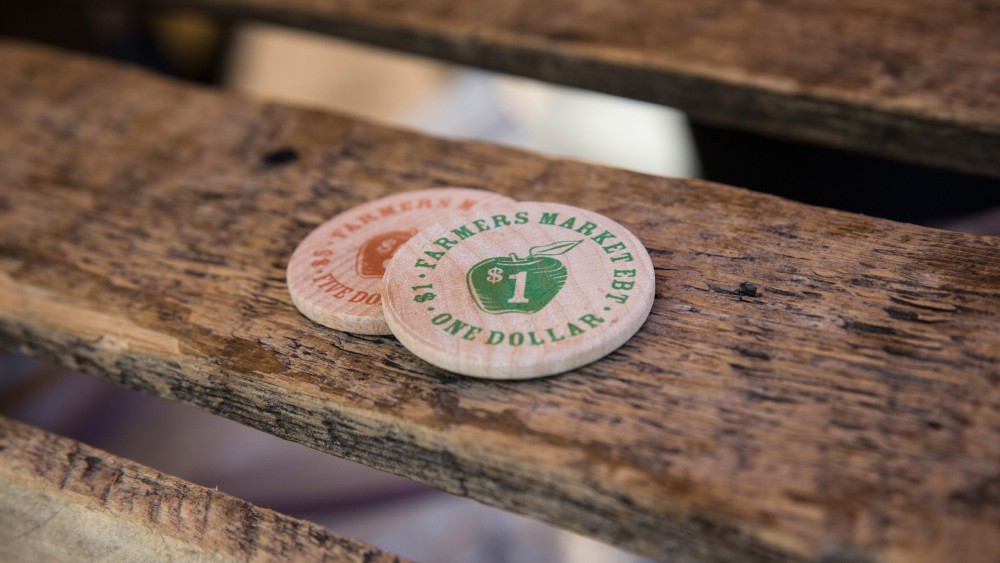
by Allison Aubrey and Dan Charles, The Salt at NPR Food (10/4/14)
The U.S. Department of Agriculture just announced that $31.5 million is now available as grants to programs that help make farm-fresh fruits and vegetables more affordable for families who rely on food stamps.
The Food Insecurity Nutrition Program is modeled on the Fair Food Network's Double Up Food Bucks initiative in Michigan and Wholesome Wave's Double Value Coupon program at 350 farmers markets across the country.
Both programs boost the purchasing power of SNAP, or food stamps, at farmers markets. If a SNAP recipient uses $10 of their benefits at a farm market, they get $20 dollars worth of produce. The USDA grants, which have to be matched by private donations, will provide the $10 subsidy.
Those dollars benefit both low-income consumers and local, small-scale farmers. Backers of such programs say that's good for public health and local communities. "Helping families purchase more fresh produce is clearly good for families' health, helps contribute to lower health costs for the country, and increases local food sales for family farmers," Agriculture Secretary Tom Vilsack said in a statement.